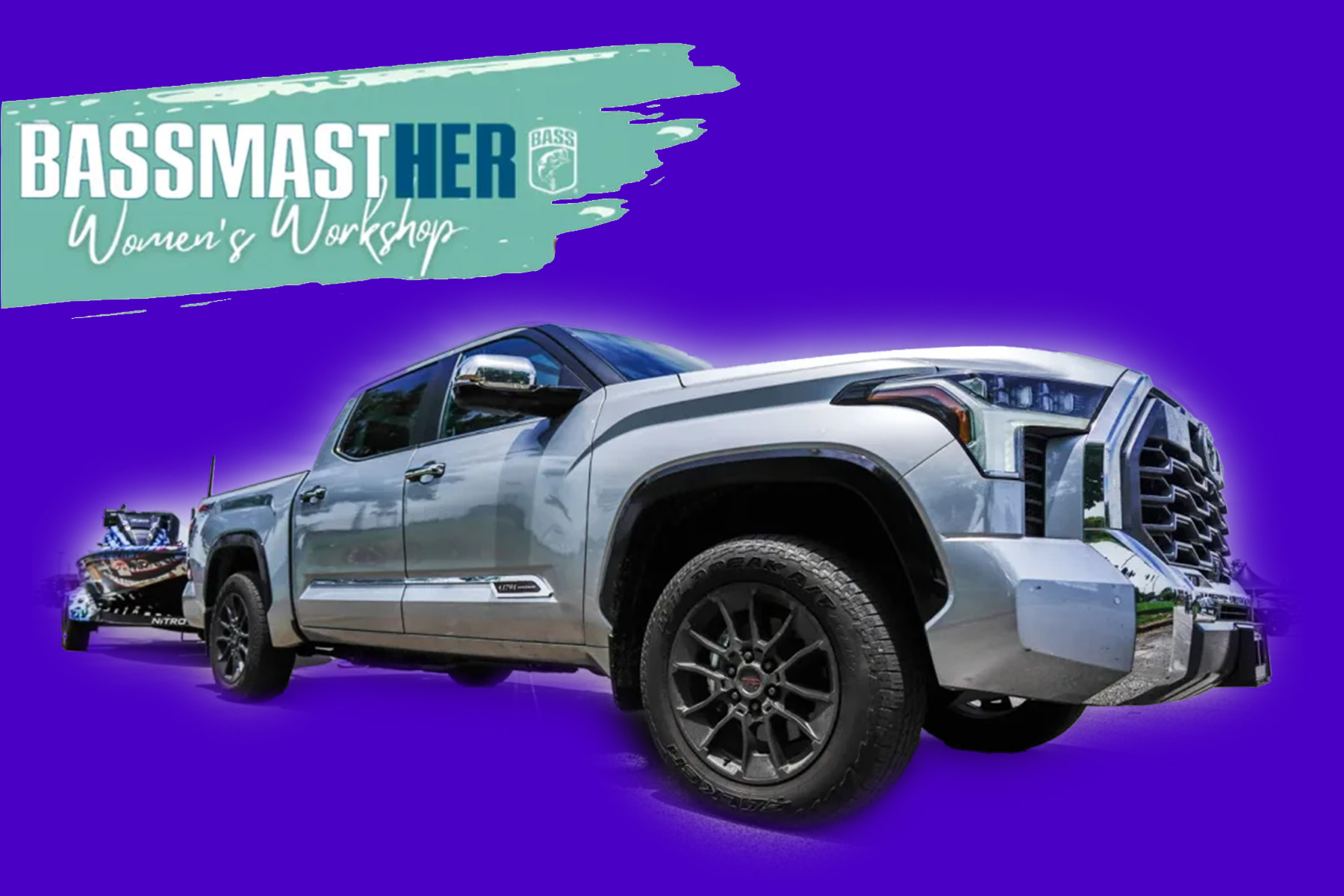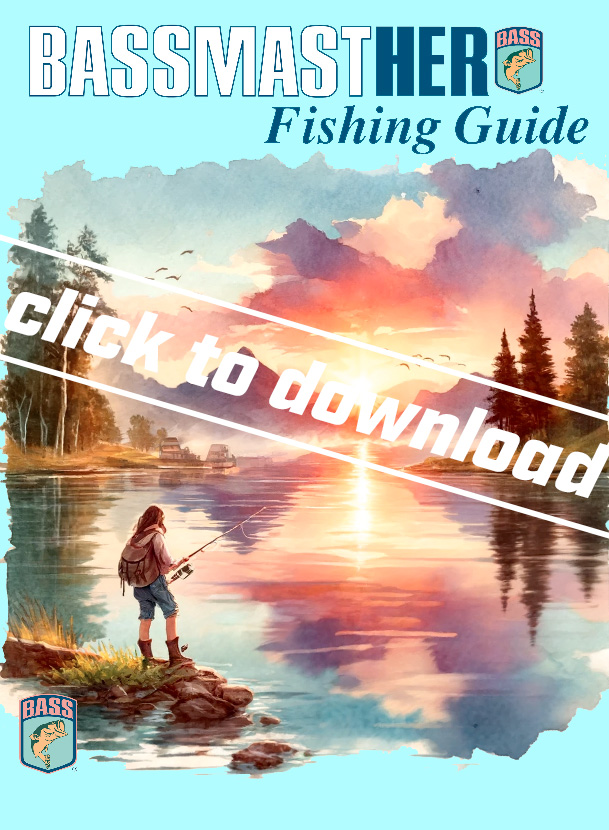
Having a checklist to guide you will help ensure safety and efficiency, both before you get to the ramp and after you’ve finished your day on the water. This lesson walks you through everything you need to know, from pre-launch preparation to post-trip maintenance.
Preparation Before Arrival
Before heading to the boat ramp, make sure both your boat and trailer are in good condition and fully equipped for the outing.
- Inspect the Boat and Trailer:
- Check for any visible damage or repairs that might be needed.
- Ensure trailer lights are functioning correctly.
- Secure All Equipment:
- Make sure all gear is securely stowed, and remove any items that might shift during transport.
- Fuel Up:
- Ensure your boat has enough fuel for the trip.
- Check Safety Equipment:
- Life jackets for all passengers.
- Fire extinguisher.
- First aid kit.
- Emergency flares or signaling devices.
- Horn or whistle for emergencies.
At the Ramp
Once you arrive at the boat ramp, it’s important to stay organized and efficient to avoid delays for yourself and other boaters.
- Assess the Ramp:
- Make sure the ramp is clear and in good condition.
- Check water depth and current conditions.
- If fishing in tidal waters, review tide schedules to avoid getting stranded.
- Prepare the Boat:
- Remove the transom saver.
- Plug in and turn on electronics like depth finders and navigation lights (if needed).
- Install the drain plug.
- Disconnect the boat straps and unhook the winch strap/cable if you have a partner.
- If launching at night, turn off headlights while backing the trailer to avoid blinding others.
- Position the Boat:
- Back the boat and trailer down the ramp in a straight line.
- Stop when the boat is in the water but still on the trailer.
- If the winch is unhooked, make sure your partner is in the boat or wait to unhook until the boat is floating.
- Final Checks:
- Double-check that all gear is secure and the motor is trimmed up to avoid damage.
Launching the Boat
With everything in place, it’s time to launch the boat smoothly and safely.
- Release the Winch:
- Slowly release the winch strap and push the boat off the trailer if needed.
- Start the Motor:
- Lower the motor and ensure it starts properly.
- Allow the motor to warm up before moving.
- Move the Boat:
- Move the boat to a safe area away from the ramp to let others use the launch.
- Park the Trailer:
- Park your trailer in the designated parking area and secure your vehicle.
Post-Launch Checklist
Once the boat is in the water, it’s time to check gear and ensure everyone is prepared for the trip.
- Safety Briefing:
- Brief all passengers on safety procedures and equipment locations.
- Final Gear Check:
- Ensure all fishing gear is ready and electronics are functioning.
Returning to the Ramp
After your day on the water, follow these steps to retrieve your boat safely.
- Approach the Ramp:
- Approach the ramp slowly, ensuring it is clear of other boats and obstacles.
- Retrieve the Trailer:
- Back the trailer down the ramp until the top of the fenders are just above the water. On steeper ramps, you may need to back in further but keep your vehicle’s wheels on dry ground.
- Load the Boat:
- Drive or guide the boat onto the trailer. Attach the winch strap/cable and secure the boat to the trailer.
- Secure the Boat:
- Attach the safety chains and check all connections. Raise the motor to avoid ground contact, then pull out and park in a clear area.
- Drain the Boat:
- Remove the drain plug to allow any water to drain out.
- Final Walk-Around:
- Reconnect the back straps and apply the transom saver to the motor.
- Unplug and stow electronics like depth finders.
- Ensure all gear is securely stowed and check all trailer connections before driving away.
Post-Trip Maintenance
Taking care of your boat after a day on the water is just as important as preparing for the trip.
- Clean the Boat:
- Rinse off dirt, mud, or saltwater. Dry and clean all equipment.
- Inspect for Damage:
- Check the boat and trailer for any damage or repairs needed.
- Store the Boat:
- Store the boat in a safe, dry place and cover it to protect from the elements.
Additional Tips
- Practice Backing the Trailer: If you’re not confident backing up your trailer, practice in an open area before heading to the ramp.
- Keep Basic Tools Handy: Always have a set of tools on hand for minor repairs or adjustments.
- Know Local Regulations: Check local boating and fishing regulations to ensure compliance.
Final Thoughts
Following this essential checklist for launching and retrieving your bass boat will ensure a safe and enjoyable experience on the water. Whether you’re a seasoned boater or new to the process, staying organized and prepared will help make your day of fishing as smooth as possible.





